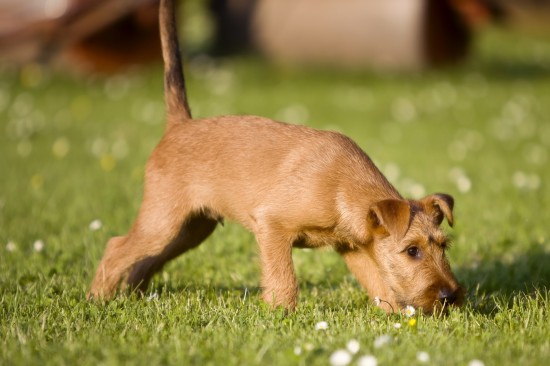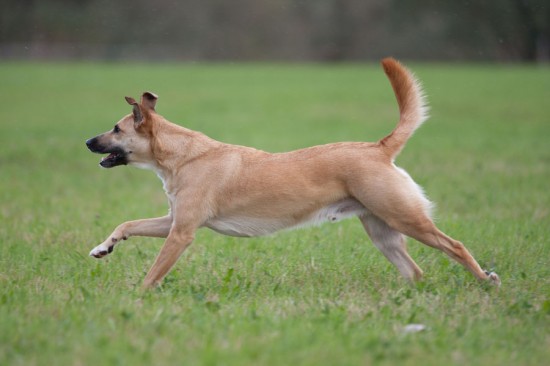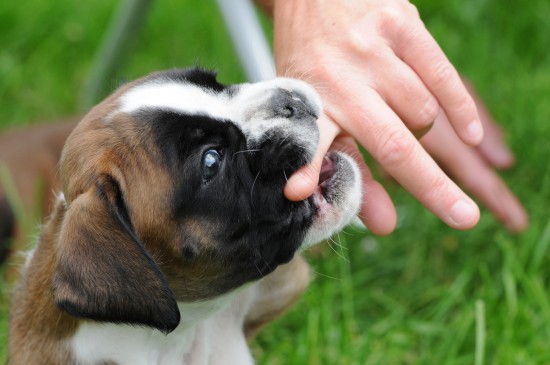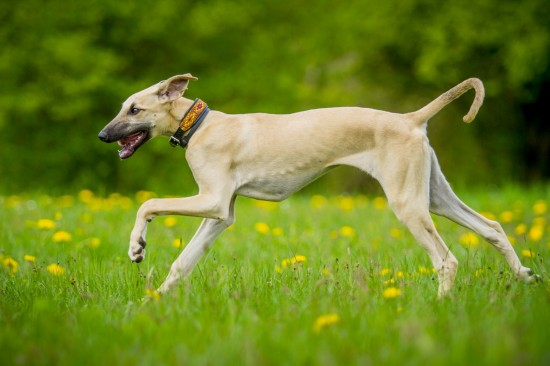
Halter breaking is the process of teaching a horse to respond to cues that ask him to move his head and body. A properly halter broke horse will not pull against the pressure of the halter, but willing move in the direction you want him to go.
If you are working with a young foal or any horse, you should practice patience. Breaking a young horse takes a lot of patience and slow movements no matter what it is that you are trying to teach them. When halter breaking them, try and use as little resistance with them as possible, so you don’t spook or scare them in any way.
Putting on the Halter
When it comes time to put the halter on, you should have an extra set of hands or a stall to do it in. Also the halter you should be a leather one for a breakaway halter incase the foal or horse were to get caught on something for the first time wearing it. When you use two people, have one of you stand by the horse’s rear ends and allow the horse to lean against them. Don’t apply pressure to the horse’s rear end that person is just there to make sure that the horse doesn't move.
If you are the one putting the halter on, bring the halter up slowly. Have both of your arms around the horse’s neck and bring the halter up closer to his head. The horse may be a little resistant to you being around his face, but if you don’t move too fast, the horse should get used to what you are doing. Gradually slip the halter onto the horse’s head and fasten the buckles.
Don't be alarmed if the foal rubs their head on the fence or tries to get the halter off. This is totally normal and they will get used to it within a few minutes.
Introducing the Lead Rope
Next, clip a lead rope onto the halter and let the foal drag it around. Let the foal get used to it. Put a little pressure on the rope. Slide your hand on the rope so the horse can fell the tension on it, but don't pull on it. As soon as the foal gives to the pressure and takes a step forward, release the pressure. Once the horse gets used to having the lead rope attached, you can love on to teaching the foal to walk along side of you.
The First Steps
Again, start with the pull and release on the foals head with the lead rope. Stand to the side and pull and then release. You don't want the foal to walk forward just yet, but you want him to move his feed sideways kind of knocking him off balance. When the foal does move or cross over its front legs switch to the other side of the horse.
Once the foal is going sideways, then you can ask him to move forward along side of you. You could use another type of rope, or if the foal is small you can place your hand around the horses rear end and ask him to move along side with you. However you ask the foal to start walking make sure you stay to the side and keep his head pointing forward. When you get a horse leading well from one side, chances are he will lead well from the other side, just because he is used to going with you now.
There is, however, one word that is very important for the foal to learn: whoa. When you start leading him around the place and you want to stop, say “whoa.” This will get him learning the word and the command right from the beginning.
Once you get all the basics down, you will be able to progress further in the foals training, such as teaching him to tie and stand with the lead rope. Keep working with your foal and his training will surely progress.
 5 Extraordinary Things Dogs Are Trained To Sniff Out
5 Extraordinary Things Dogs Are Trained To Sniff Out
 Immune System Supplements For Your Dogs
Immune System Supplements For Your Dogs
 Essential Tips for Taking Good Care of Our Pets
Essential Tips for Taking Good Care of Our Pets
 Choose ideal chicken houses and give your chicken the home it needs
Choose ideal chicken houses and give your chicken the home it needs
 How To Manage Chasing And Poor Recall In Your Dog
How To Manage Chasing And Poor Recall In Your Dog
 Dog Mounting - How To Stop Dog Mounting Behaviour
Dog Mounting - How To Stop Dog Mounting Behaviour
 How To Work Out A Cat Or Kitten’s Age
How To Work Out A
How To Work Out A Cat Or Kitten’s Age
How To Work Out A
 Smoking Around Your Dog Can Lead To Canine Lung Cancer
Smoking Around Yo
Smoking Around Your Dog Can Lead To Canine Lung Cancer
Smoking Around Yo
 Puppies And The Nipping Stage Of Development
Puppies And The N
Puppies And The Nipping Stage Of Development
Puppies And The N
 Safest Presents To Buy For Your Dog For Christmas
Safest Presents T
Safest Presents To Buy For Your Dog For Christmas
Safest Presents T
 Caring For A Sloughi Dog
Caring For A Slou
Caring For A Sloughi Dog
Caring For A Slou
Copyright © 2005-2016 Pet Information All Rights Reserved
Contact us: www162date@outlook.com